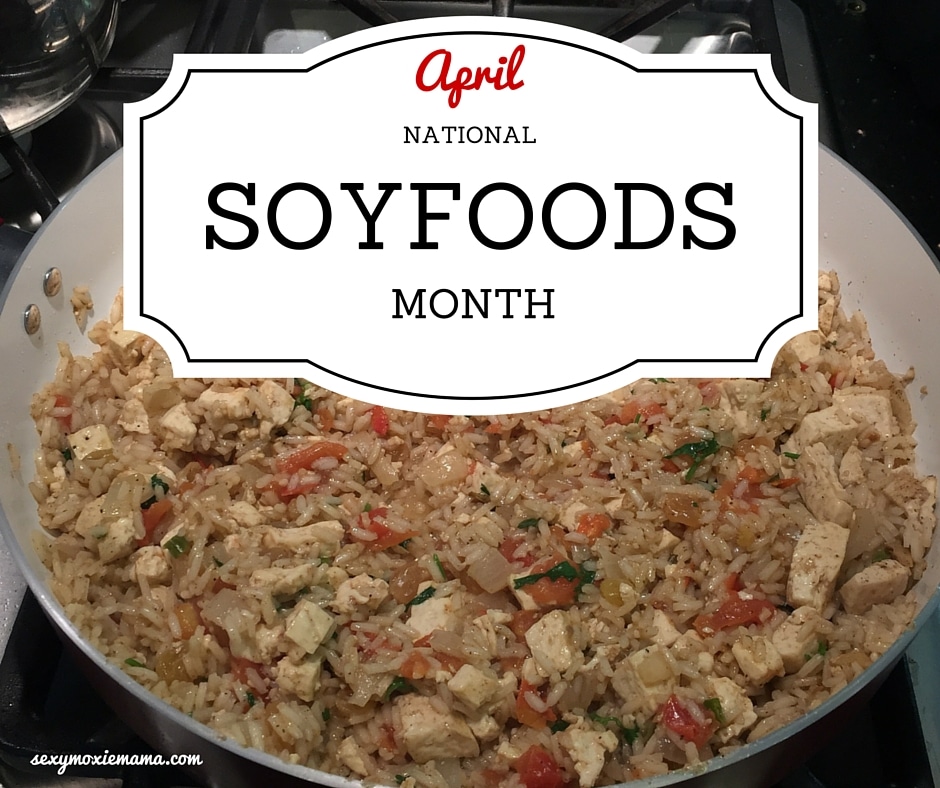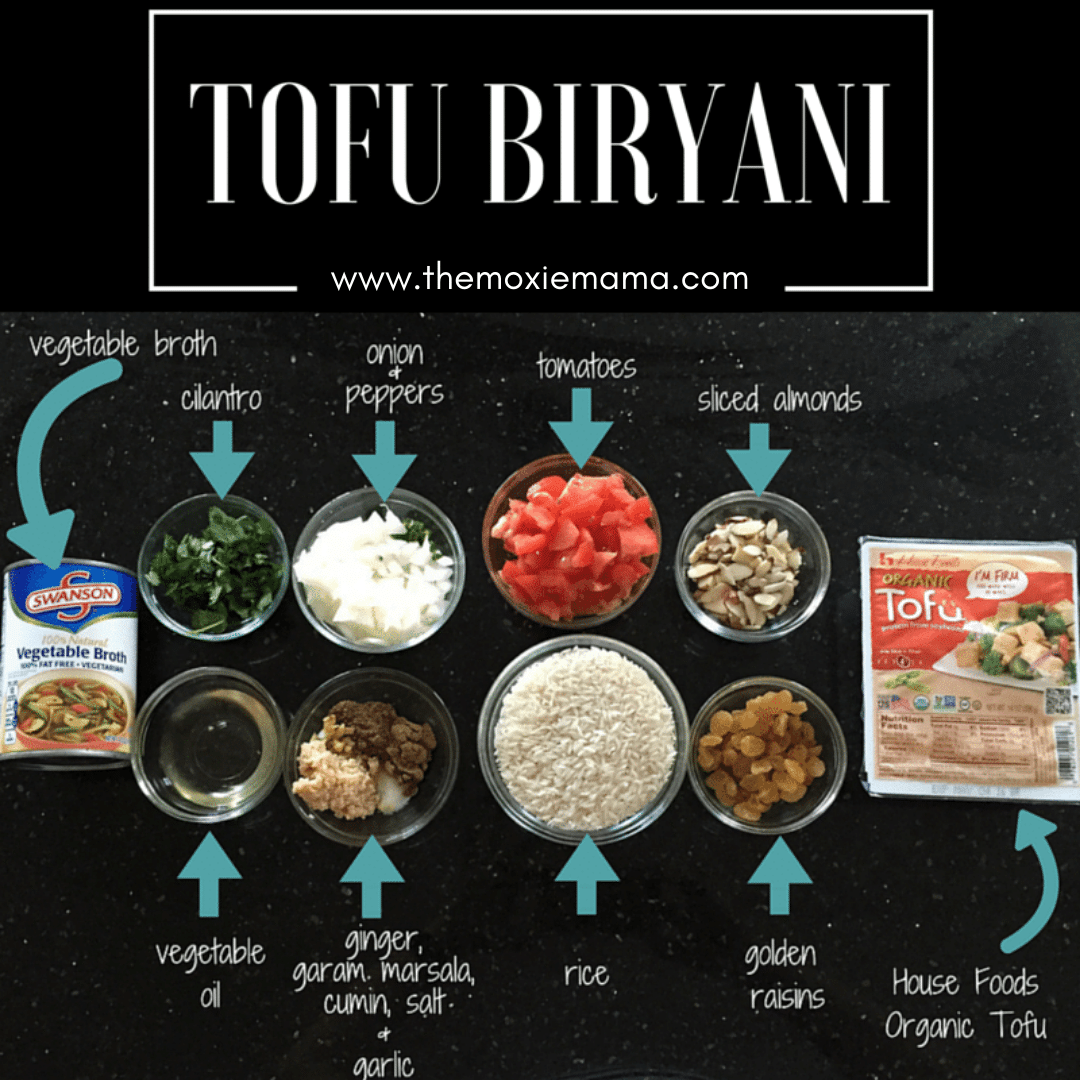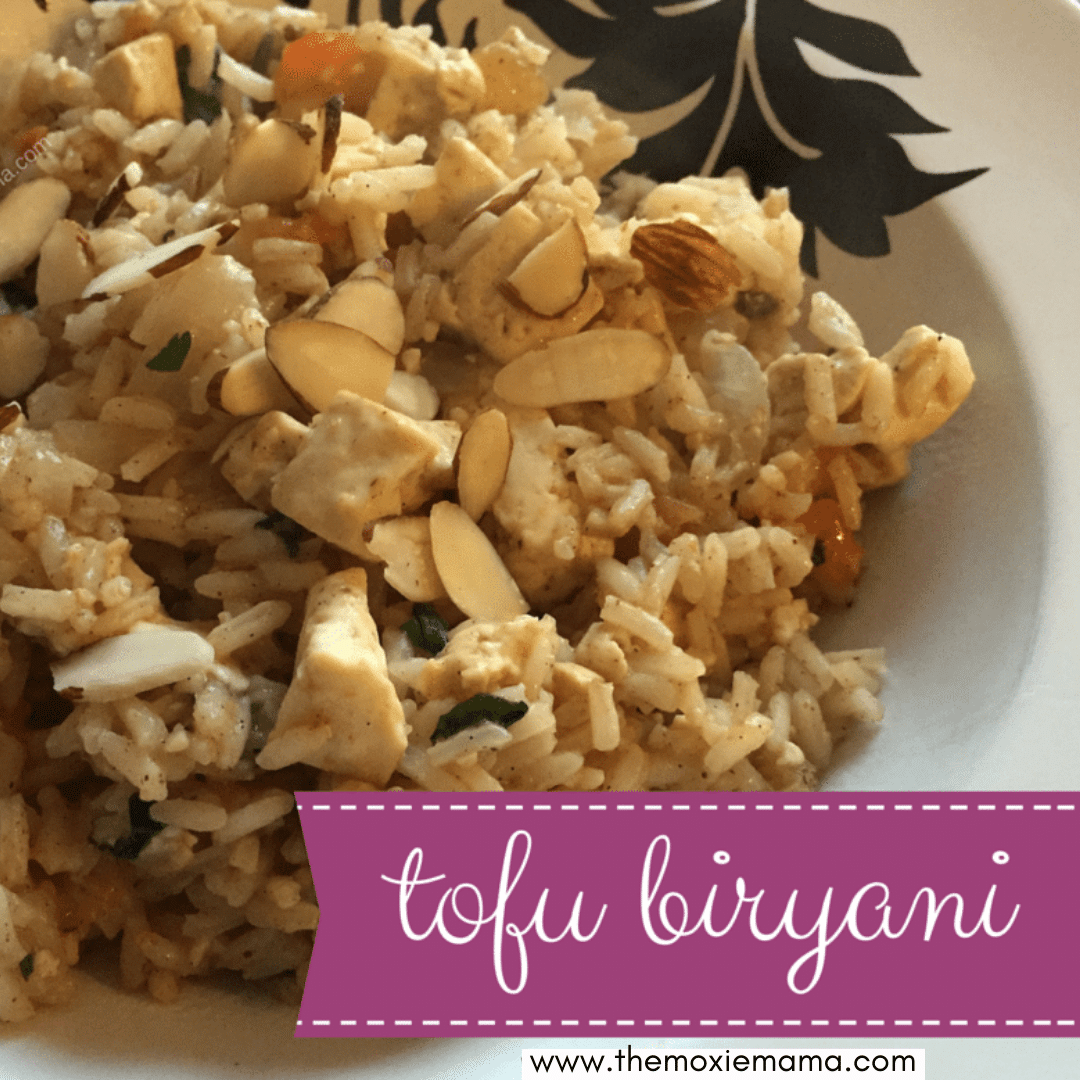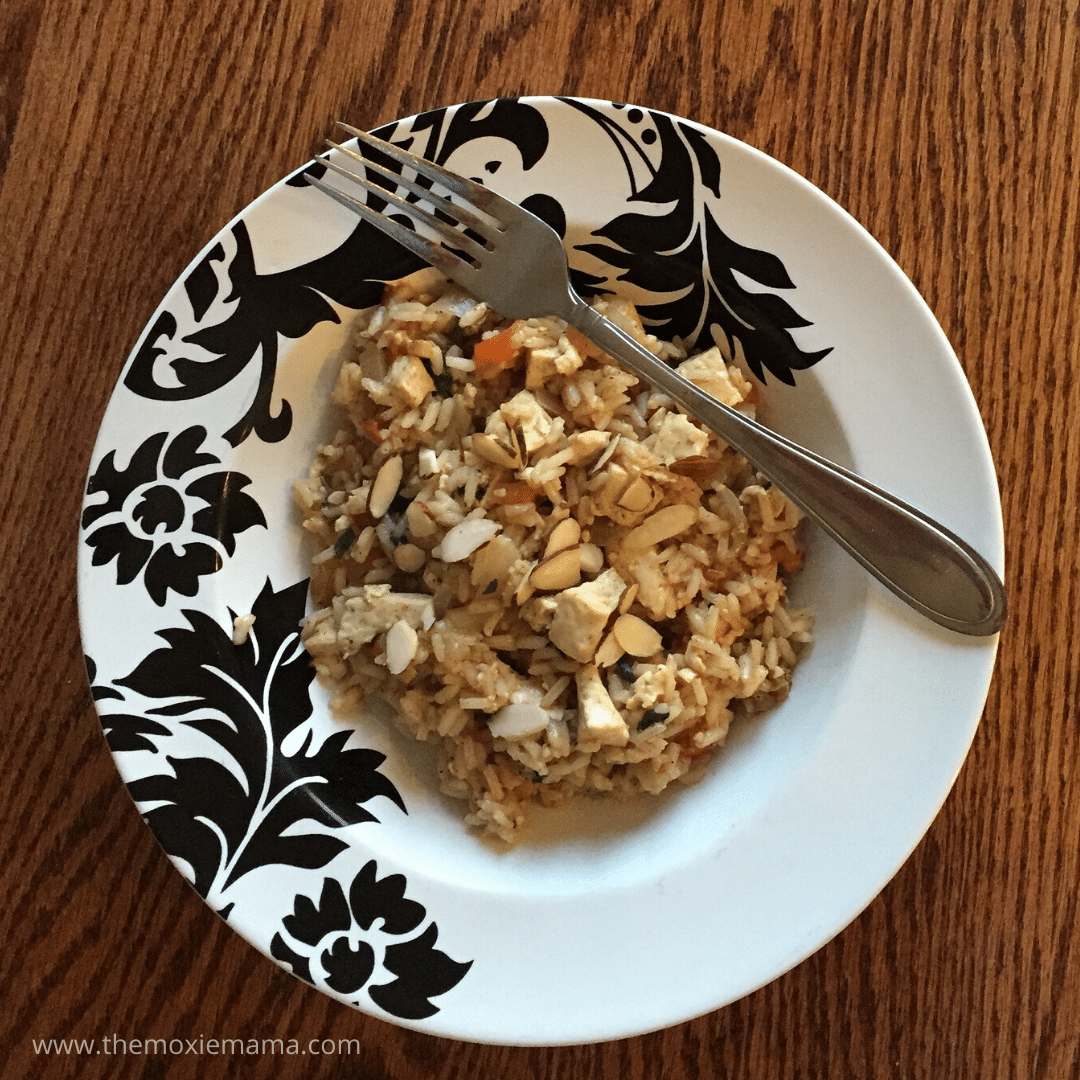This post may contains affiliate links. Please see my disclosure policy for full details.

April is National Soyfoods Month! If you are vegan or vegetarian, you probably already opt for soyfoods as a way to meet your daily protein requirements. But recently, the mighty soybean, an Asian staple for centuries, has become popular among health-conscious, meat-eating Westerners as well.
A nutrient-rich food, soy is a legume packed with high-quality protein, vitamins, minerals, phytochemicals, and fiber, soy that has been linked to many health benefits. Not only are soyfoods great for your health but they are also easy to use, improves athletic performance, and are important for an environmentally friendly lifestyle.
Easy to Use
Soy is a very high quality, affordable, and versatile protein that can be used in many forms to add nutrition and enhance flavor to any meal. Some of the most popular soyfood products include soy milk, soy yogurt, tofu, edamame, soy crumbles, soy flour, miso, tamari, soy nuts, and soy protein isolate. In fact, soyfoods have been shown to be extremely beneficial for people who are lactose intolerance.
Soy Health Benefits
- Soyproducts are beneficial to cardiovascular function and overall health due to their high content of healthy fats (including Omega-3 fatty acids), fiber, vitamins, and minerals, low saturated fat, and no cholesterol, says the American Heart Association.
- Using soy in your favorite recipes can also reduce calories, regulate blood pressure, and improve perimenopausal symptoms.
- Soy is an excellent source of calcium, zinc, iron, and vitamin C.
Athletic Benefits
Good nutrition is important for athletic performance, strength training, and recovery. Soy nutrition from plant powered, soy protein has been shown to improve energy, lean muscle mass, strength, endurance, and recovery needs. “Like animal protein, a complete protein has all nine essential amino acids in the ratios needed for human growth and health,” says Nancy Chapman MPH, RD.
Environmentally Friendly
Regarding sustainability, soy uses fewer natural resources like water and land than any other protein source available. In fact, soybeans offer over 900 pounds of protein per acre of land—that’s 10 times LESS than for meat-protein!
Soyfood Recipe
In celebration of National Soyfoods Month, I wanted to craft a recipe that showcased soyfoods and their versatility for use in meals and snacks. I chose to use tofu as my main ingredient in this recipe. This was my first time using tofu in a recipe and let me tell you it was so easy to use and was adaptable to the other flavors in the dish. I surprised even myself.

I created this tofu biryani recipe based upon a very old family recipe. I used House Foods Organic firm tofu, Thai chilis peppers, fresh ginger, garam marsala, cumin, salt, garlic, tomatoes, basmati rice, broth, golden raisins, and cilantro to make this delectable and easy recipe. Prep, cooking, and clean up was a breeze in this one-skillet meal that you could easily have this weeknight meal anytime.
The flavor and texture of this tofu biryani is so good, even my Indian Mother-In-Law enjoyed it. So, try it out and let me know what you think.
[yumprint-recipe id=’48’]To learn more about the benefits and versatility of soyfoods, visit www.soyfoodsmonth.org.
How do you use soyfoods?
Disclosure: This post is sponsored by Soyfoods Association of North America in conjunction with Blog Meets Brand and I received compensation for my participation. All opinions are my own.
This post may contains affiliate links. Please see my disclosure policy for full details.



